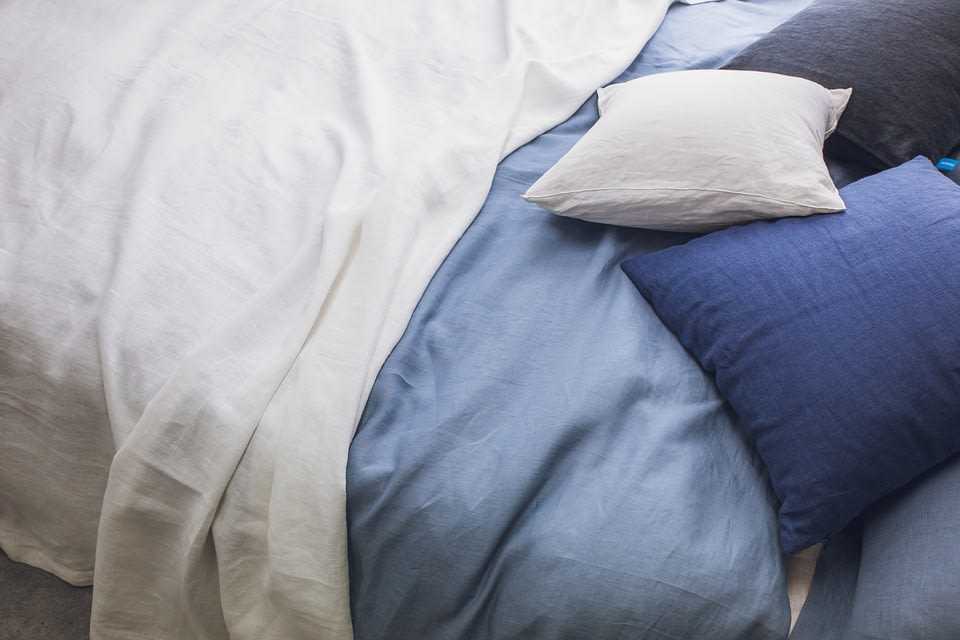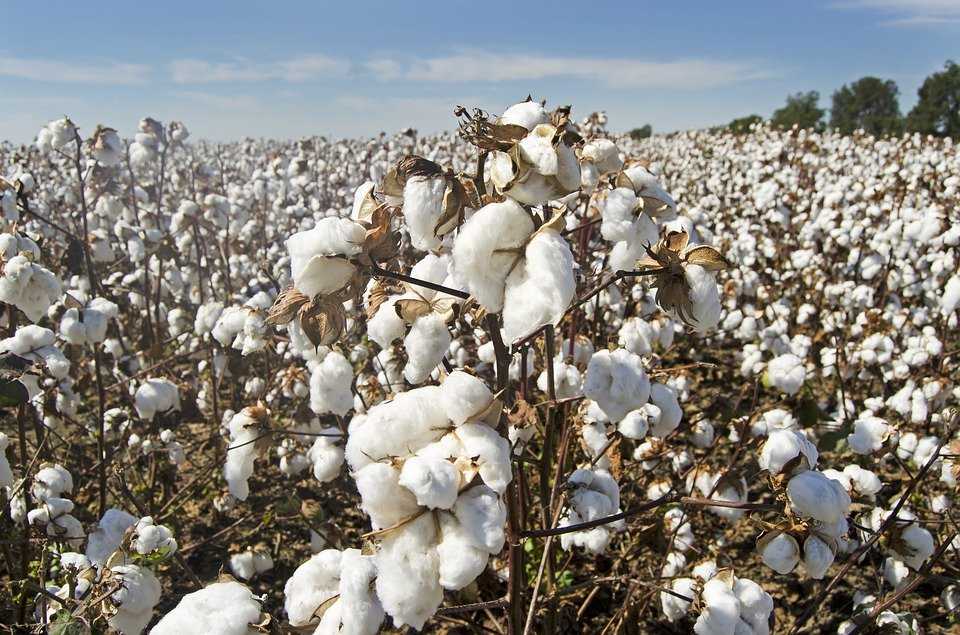What is breathability in a mattress, Guide, 2022

Do you know what we share in common with some mattresses? We both breathe. Of course, mattresses that do breathe, do it a little bit different to us since they aren’t alive…in most cases. The breathability of a mattress really affects the quality of your sleep, so let’s look at how that is and what it is that makes a mattress breathable.
What is breathability?
This is the reference to the ability of a fabric to absorb any level of moisture or liquid before releasing it back out through the fabric. This is essentially the material breathing. The greater its ability to absorb moisture and bring it back out the better its breathability. Fabrics of a mattress with a high breathability capacity are very important for people who tend to sweat more when they sleep in a typically warm climate. This is because it prevents heat and air from being trapped within a mattress or duvet resulting in overheating. It also helps with keeping odors away because the air circulation prevents any lingering moisture to stagnate in the material and cause bad smells.
When is breathability evident in beds?
Breathable materials are evidently beneficial for mattresses, duvets, or bed sheets because they are valued very highly in the fitness, hiking, cycling, or adventurous walking communities where breathable materials are even incorporated into the boots of frequent joggers, walkers, or climbers. With these kinds of activities being even more sweat-inducing than sleeping, you get the assurance that the usage of such fabrics and materials in a mattress, duvet, or bed mattress will bring a similar kind of freshness and comfort to you while sleeping. As most people perspire as much as about a cup of sweat a night, the mattress or other bedding material should be capable of drawing away such levels of moisture, in a process known as moisture-wicking, so that you are not soaked or too humid.
The breathability of a sleeping material can also be protective because when moisture is trapped it allows for the proliferation of molds and dust mites which are major allergens that could cause respiratory issues.
A mattress with a core that is too soft will let your body sink too far into the mattress which will severely restrict air circulation and mean that heat would become trapped and the mattress temperature will rise. And that is why it is sensible to choose a firmer mattress when considering its breathability.

How it affects the durability
If a mattress has poor breathability its moisture retention is likely high which can harm the mattress. Trapped moisture can degrade sleeping fabrics, materials and fillings, which in turn could even reduce the level of support that the mattress offers as its core is worn away. The lifespan of a mattress can be extremely shortened as moisture retention will decrease its durability. Therefore the support and durability of a mattress can be impaired if its breathability is not of a standard to draw away sufficient moisture from it, so breathability can contribute to the economic value of a mattress altogether.
Breathability in Duvet or mattress fillings
Hungarian Goose down
This is considered by many to be the best kind of breathable duvet filler. Goose down is a high-quality, natural breathable insulator and Hungary happens to be one of the world's best exporters of high-grade goose down. Why Hungary? You’d just have to ask the Hungarian people. Maybe they’d tell you why.

Bamboo
This is an exotic material that is often found in the top layer of a multi-layered mattress core system. As a natural mattress filling it has a high absorption capacity and is great when it comes to wicking away moisture and bringing it to the surface for evaporation. Its benefits are a key reason why Emma mattress uses bamboo as the material to cover the other layers in their Emma hug weighted blanket. Its promotion of airflow allows the temperature of the blanket to be moderated and not soar to heights that could make sleeping almost impossible. To learn more about bamboos' involvement in the blanket or check out the Emma hug weighted blanket yourself click on the link below.
Latex
The natural and pure form of latex comes from the residual sap of a rubber tree. It is very breathable , so it doesn’t allow for moisture retention and the resultant incubation of dust mites and mold. However, the synthetic form of latex is certainly not breathable and traps moisture.
Breathable duvet or mattress covers
Linen
This is one of the most breathable materials and 100% linen fabrics are ideal for duvet covers or mattress sheets. They originate from flax plant fibers with the process involving the fiber of the flax plant being converted to yarn which is then woven into fabric. Linen has longer and more wide fibers than cotton and due to its great absorption is considered to be a popular choice for breathable options.
Cotton
This is naturally very breathable, but often the breathability of cotton comes down to its woven state than the fibers of the material because when it is loosely woven more air can pass through the openings. Cotton’s breathability is mainly attributable to its absorption qualities. Not only can it absorb proportionately huge amounts, but has a quick absorption rate too, so any perspiration isn’t allowed to linger longer and coolness is almost always constant. Since it is natural, cotton has an edge over synthetic materials in absorbing moisture, then wicking it away.

Polyester
Since polyester is a synthetic material that is essentially plastic, air and moisture cannot pass through its fibers. Therefore the material itself is impermeable; liquid cannot pass through it as a solid-state. Unlike cotton and the flax fiber of linen, Polyester does not have any absorption qualities. Yet, perhaps surprisingly it is still great for breathability. This is because special weaving processes are used to make micro-gaps within the material for the easy passage of air. Therefore the breathability of polyester is not dependent on the ratio of how much is used, but on how it is made. The Emma premium microfibre pillows are an example of this because it is made up of about 98% polyester, but .it is how it is weaved which makes it as breathable as it is and prevents sweat from saturating the material. To get a closer look at how this pillow compliments the mattress visit the link below.
In summary then…
Breathability can come down to the absorption capacity of the material or the pattern of its woven fibers which determine how much moisture can seep through. Breathability can not only affect how much sweat you wake up to after sleeping. It also affects how cool you are when sleeping and we’re of course speaking about the temperature kind of cool and not that you will wake up wearing shades and a leather jacket. It can also influence the durability of the mattress and the support it continues to give you. There are numerous materials you can look out for when deciding what mattress, duvet, or pillow to go for. Generally speaking, natural materials offer better breathability than most synthetic materials because of the permeability of the fibers, but materials like polyester because of their micro-scale design have great breathability properties too.
Get the sleep you deserve with our mattress and sleeping product reviews.
© Undercover Mattress 2022


